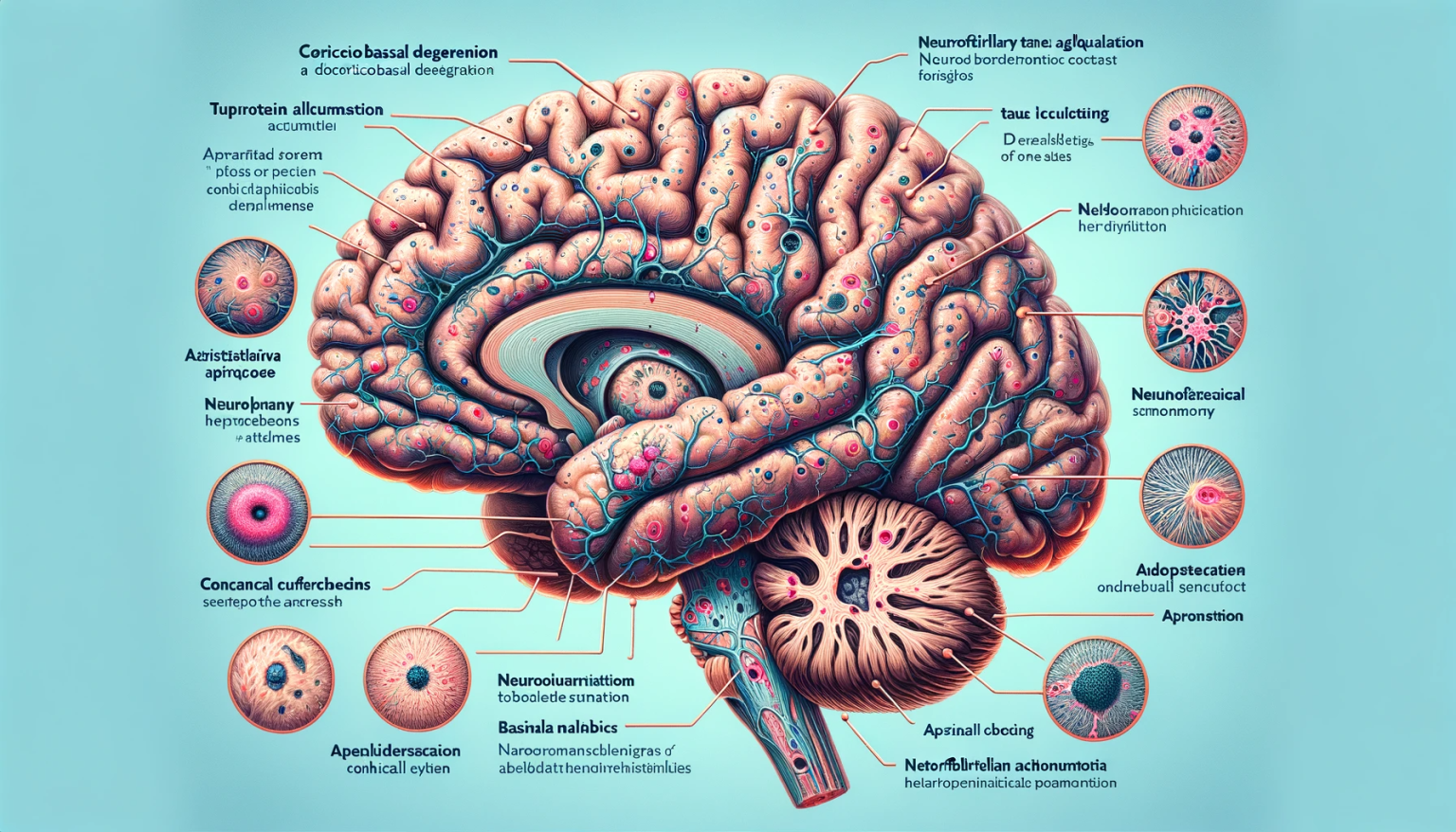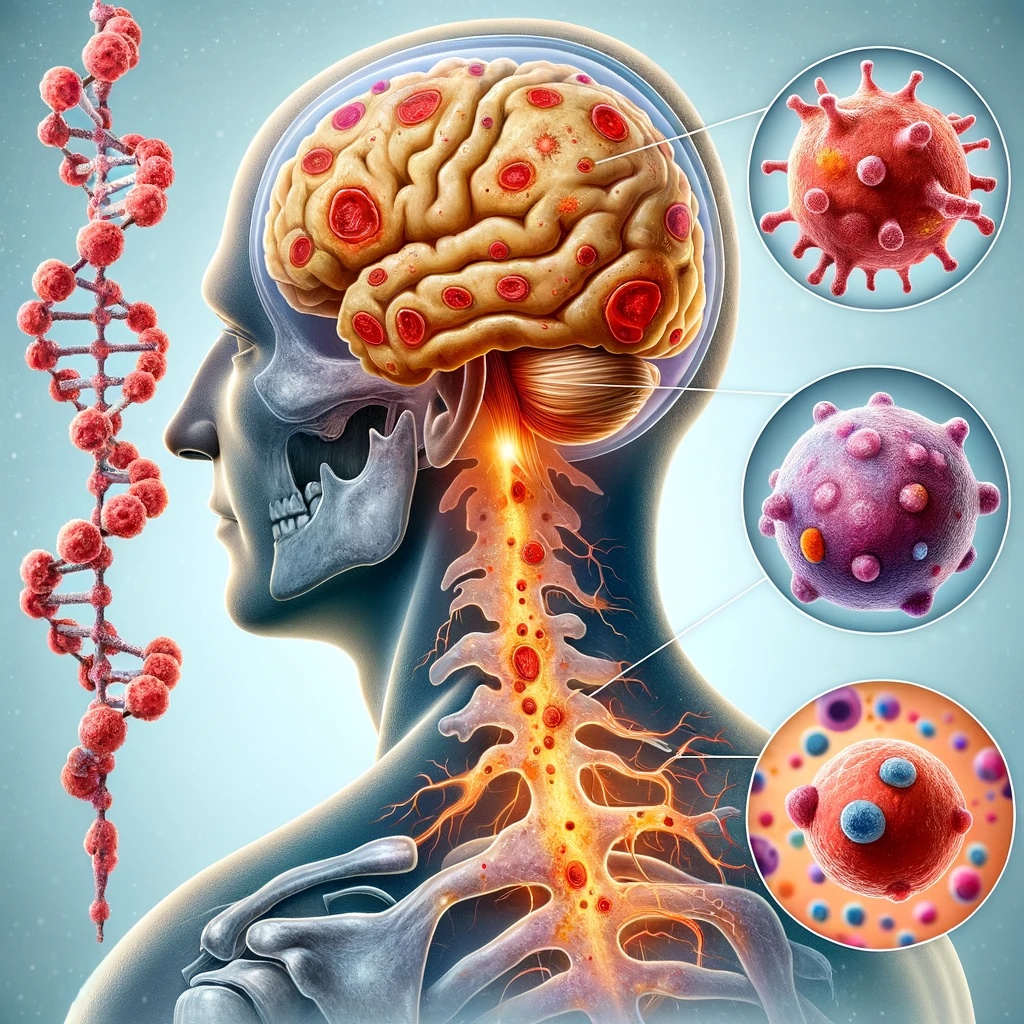
Introduction
Dercum’s Disease, also known as Adiposis Dolorosa, is a rare condition characterized by the abnormal growth of painful adipose tissue. This disorder is predominantly observed in postmenopausal women, though cases in men and younger individuals have been reported. Patients typically present with multiple painful lipomas, predominantly located in the trunk and extremities. The etiology of Dercum’s Disease remains largely enigmatic, with hypotheses suggesting hormonal, genetic, and inflammatory components. The disease’s impact on quality of life is profound, often accompanied by fatigue, weakness, and emotional distress.
Pathophysiology
The pathophysiological mechanisms underlying Dercum’s Disease are not fully elucidated. Current theories propose a dysregulation of adipose tissue metabolism and growth, potentially linked to hormonal imbalances or genetic predispositions. Inflammation plays a critical role, with evidence suggesting an association with chronic pain syndromes. Neurological involvement is hypothesized, given the frequent occurrence of neuropathic pain and other neurosensory symptoms. Ongoing research continues to explore the intricate relationship between adipose tissue pathology and neurological manifestations.
Clinical Presentation
Clinically, Dercum’s Disease manifests with multiple, tender subcutaneous lipomas, which can range in size and number. These lipomas are typically painful, with the pain often described as burning or aching. Associated symptoms include fatigue, emotional disturbances, and cognitive impairments. The disorder can significantly impair mobility and daily functioning, contributing to a decline in overall quality of life. Differential diagnosis includes other conditions that present with lipomas or chronic pain, necessitating careful clinical evaluation.
Diagnostic Approach
The diagnosis of Dercum’s Disease is primarily clinical, based on the characteristic presentation of painful adipose tissue masses. Laboratory and imaging studies are generally nonspecific but can aid in ruling out other conditions. Histopathological examination of lipoma tissue does not reveal distinctive abnormalities, often appearing as normal adipose tissue. Genetic testing and advanced imaging modalities are emerging as tools for a better understanding of the disease, although they are not routinely employed in clinical practice.
Management and Prognosis
Management of Dercum’s Disease is symptomatic, focusing on pain relief and improving quality of life. Treatment modalities include analgesics, anti-inflammatory drugs, and lifestyle interventions like weight management and physical therapy. Surgical removal of lipomas may be considered in cases of severe pain or functional impairment. The prognosis is variable, with some patients experiencing stabilization of symptoms, while others may have a progressive course. The need for comprehensive patient-centered care, encompassing both physical and psychological support, is paramount in managing this challenging condition.







